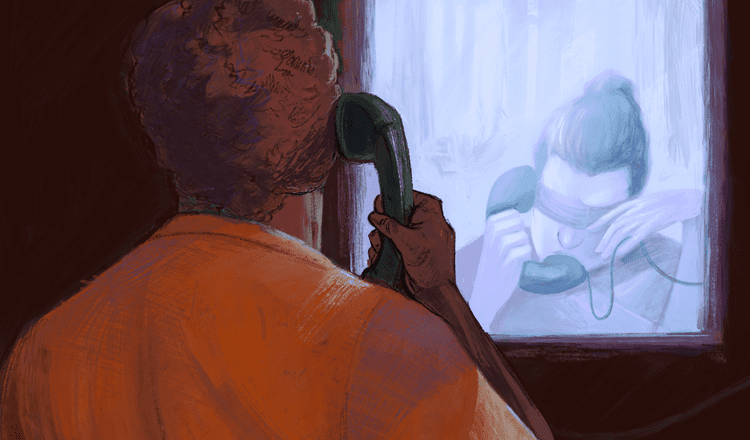Growing up, I was obsessed with animation and cartoons. I devoured anything and everything that had moving drawings from Saturday morning cartoons to Pixar movies. I also loved video games and was fascinated with the way the characters moved on the screen and the elaborate worlds they inhabited. There was just something about seeing these images and experiencing these different worlds visually that shaped who I am today—even if my art no longer directly reflects it.
Needless to say, as soon as I realized that there were people behind these things, meaning that it was a kind of job, I wanted to be part of that world. These job aspirations have taken multiple form of the years from animator, to character designer, to concept artists, to eventually settling into becoming an illustrator, though I still dabble into these other areas as the co-creator of “No One Lives Forever”, a comic and multi-media story that I am developing with a writer.
I grew up in Miami and have lived here all of my life (minus the two years I spent in Pennsylvania. It’s a long story) so naturally I’ve gravitated towards using splashes of bright colors and tropical motifs, even if it’s not as directly obvious in my illustration work.
I’m trying to explore and establish something of a genre, something that ties together darker, uncomfortable imagery with the cheerful disposition of Miami. I’ve called it “Dark Tropical” or “Tropical Gothic” in my explorations, but I don’t think I have quite figured it out just yet!
As an Illustrator, I often and usually work from written prompts, either self-derivative or provided by a client. For this example, I wanted to use an existing article so I picked “A Murder, as Confession, and a Fight For Clemency” from The New Yorker, which is about a man who confessed to an unsolved murder and the question of whether he is deserving of clemency.
The first thing I do is read the brief, in this case the article. I don’t circle or highlight words that stand out to me until the second or third pass. On a separate sheet of paper, I write down the major takeaways I have along with the words I want to represent. In this case, I wanted to showcase “justice” and “imprisonment” which leads to questions about how to represent these ideas with solid, universal images for the audience.

As soon as I have a wordbank with connecting imagery established, I move into the ideation phase. It basically amounts to incomprehensible scribbles on the page to outside viewers. To me, it’s where I explore each and every idea as fast as I can, iterating multiple times until there is something that clicks.
When I find at least three that have potential, I move on to the proper thumbnailing stage— which is a cleaner version with most, if not all, the design issues figured out and clear values. These are what I would present to an art director or a client.

Once I get approval, I move on to refining and finishing the illustration. Since this was uncommissioned, I moved on once I was confident in my design work and my mentor gave me the thumbs up.
Here I collect references for myself to use. I pull from online sources but I often do my best to use myself as the model to inform my final. To be frank, this is something I still struggle with the most because gathering good references is a skill of its own, but the payoff is a well informed template from me to use for my image.
As soon as I have my references, I move towards the final. The final is an ever shifting and evolving process for me; sometimes the final works immediately. Sometimes, the client lets me know if there’s something that isn’t quite working. I play with the image until I land it.

Maybe this is surprising to the uninformed—after all, there is a public image of art and the artist as being spontaneous. While there is a lot of spontaneity involved, for illustration I have found that giving myself a solid, thorough plan and foundation to work from is what gives me the ability to be adventurous during later stages.
You can see more of Ocean Salazar’s work on their instagram page or website.


